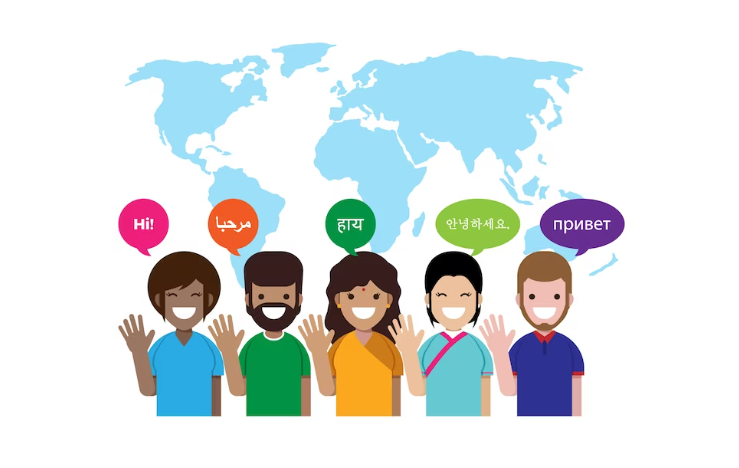In our indisputably linked world, strong communication surpasses any and all constraints imposed by logical thought. Language, which is an essential tool for articulation, may also perform the function as a barrier in situations in which ideas and emotions need to be communicated across semantic partitions.
At this point, interpretation becomes an important component, particularly with regard to the transition from English to Hindi. We explore the complexities of English to Hindi Translation, including its relevance, challenges, and the important role it plays in bridging language and culture, in this in-depth blog post.
The Meaning of Interpretation
The act of interpreting something is similar to being given permission to enter a new society or to read a different chronicle or story. Because it enables native English speakers to immerse themselves in the intricately woven tapestry that is Hindi writing, culture, and thought, translation from English to Hindi is of tremendous significance.
It is a tool for fostering global understanding and unity, enabling multidimensional conversations that could otherwise be hampered in some way by language barriers.
The Job of English to Hindi Translation
It is important to be aware that not everyone is fluent in English, despite the fact that it is sometimes touted as the language that is spoken the most frequently across the globe.
Interpretation opens up a world of possibilities for those who converse only in Hindi by allowing them to understand what is being said in other languages.
A skilled translator is able to not only change over words, but also capture the essence of the subject matter while ensuring that it reverberates naturally in Hindi. They act as social arbitrators and liberate concepts from the constraints of phonetic expression.
Also Read: Opening Cross-Phonetic Extensions – Investigating English to Marathi Translation

Challenges in Interpretation
The process of translating something from English to Hindi comes with its own unique set of challenges. Different patterns, sayings, and social contexts characterize the two varieties of speech, despite the fact that their fundamental building blocks come from the same family.
Interpreters should investigate these complexities while preserving the original intent and feeling of the conversation. Accuracy and awareness are required due to the richness of the Hindi language, which has beautiful articulations and verified depth.
Crossing over Societies Through Language
Interpretation is anything more than replacing words, it’s linked up with expressing sentiments, ideas, and societal nuances beginning with one language then onto the next.
English to Hindi Translation goes about as an extension that interfaces the gradually increasing Western globe with the eternal traditions of India. This interchange of concepts improves the two cultures and prepares for multidimensional appreciation.
Conclusion:
The process of English to Hindi Translation is a means by which societies can interact with one another, thereby facilitating clear communication and mutual comprehension.
As we push the boundaries of etymology, we should acknowledge the interpreters who work tirelessly to ensure that no thought is withheld from others and that no inclination is misunderstood as a result of interpretation.
As a result of this craftsmanship, we are continually able to bridge gaps and bring individuals into closer proximity, thereby cultivating a world that is joined by the superiority of language.



